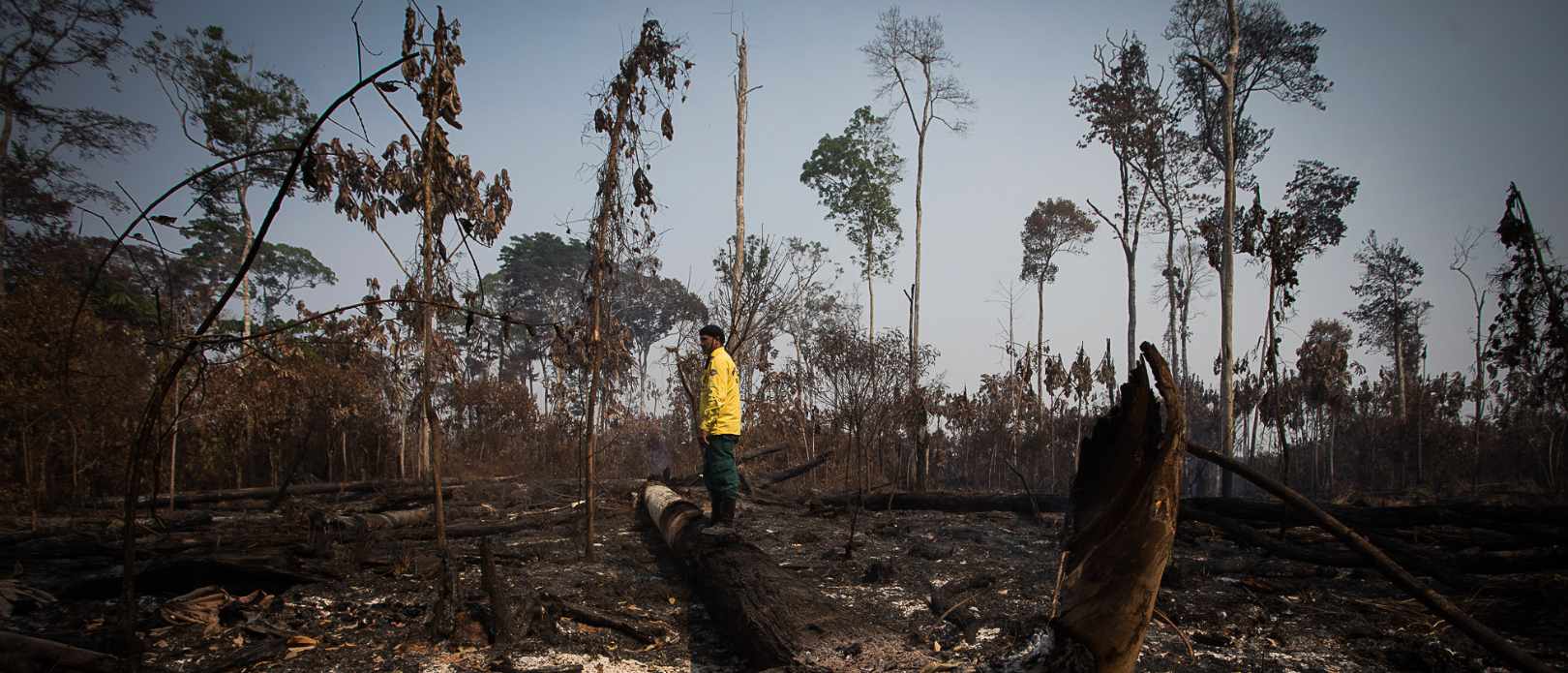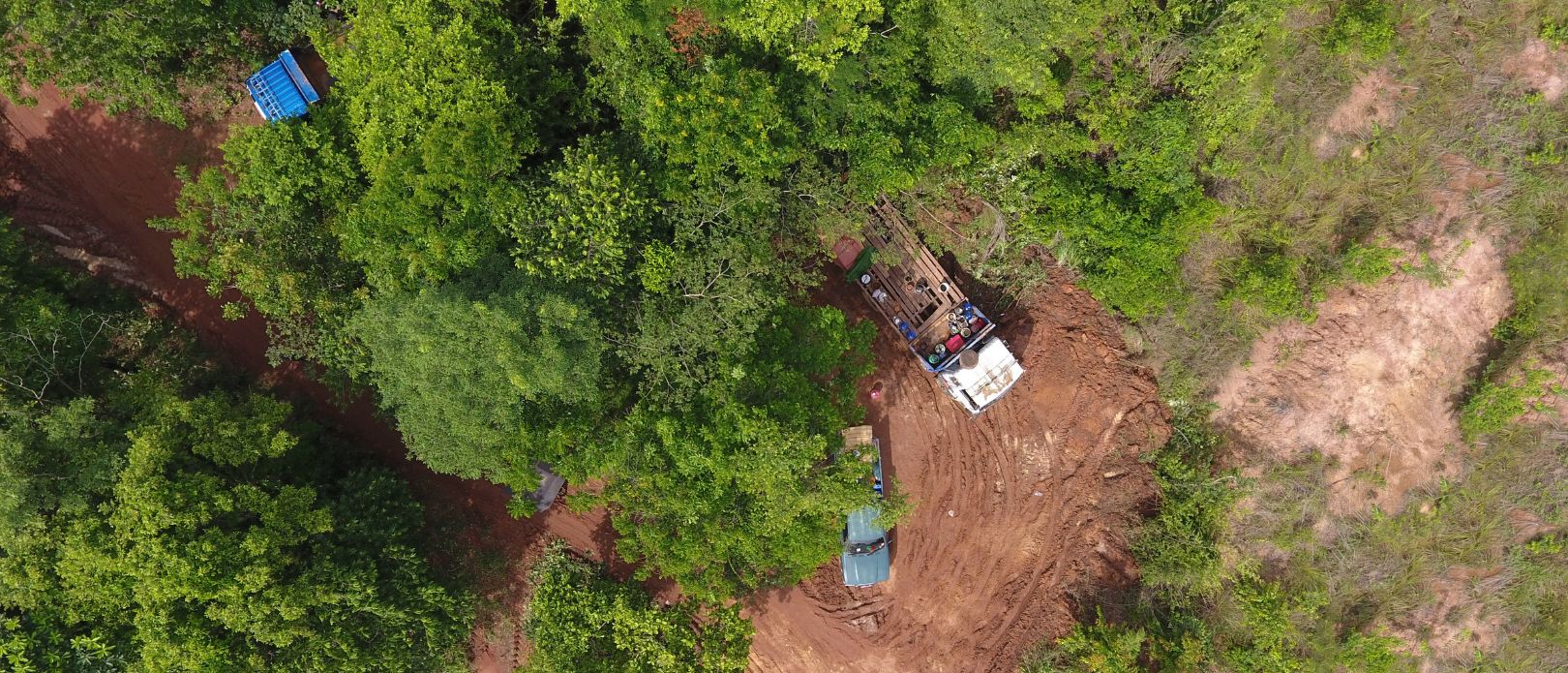Sustainable investments
Redirecting investments can pave the way for a just and resilient Amazon

The Amazon is home to around half of the world’s remaining rainforests and a significant portion of global biodiversity. Photo: Jose Antonio San Millan Cobo via Canva.
The Amazon Basin stands at a critical juncture: Pressing environmental challenges on one hand, with immense potential for transformative change on the other. A new report illuminates how to foster resilience across the region.
- A new report tries to identify ways in which we could better align international financial activities with the health of the Amazon
- The financial sector plays a significant role in driving biodiversity loss but can also have a transformative role
- Mobilizing financial influence can complement governmental efforts and support a resilient planetary health agenda
Biodiversity serves as the foundation for economic prosperity and human well-being.
But around the world, loss of biodiversity due to human activities, such as deforestation and wildlife trading threatens food security, water quality, health, and security.
The financial sector plays a significant role in driving biodiversity loss by funding extractive activities that result in direct and systemic socio-economic risks, which can trigger instability across businesses, markets and livelihoods.
This is the backdrop of the new report “Redirecting Flows – Navigating the Future of the Amazon”.
“This new report tries to identify ways in which we could better align international financial activities with the health of the Amazon to avoid destabilizing it in ways that pose risks to the entire financial system; and rather invest in building a sustainable Amazon that supports people within and outside of the region,” says Centre researcher Garry Peterson, one of the co-authors of the report.
One particular area of concern is the Amazon rainforest, which is home to around half of the world’s remaining rainforests and a significant portion of global biodiversity. There is evidence of a potential “Amazon dieback”, where the rainforest could transition to a drier, more degraded state due to reduced moisture recycling and increased droughts.
The consequences could be dire. If wide-scale dieback was to occur, the Amazon rainforest could release significant amounts of CO2 into the atmosphere, exacerbating global warming and regional climate impacts.
By adapting investments towards sustainable practices, we can ensure financial stability long into the future while supporting ecological health.
Megan Meacham, co-author of the report
The financial sector would not be shielded from this. A potential ‘tipping’ of the Amazon rainforest can be considered a “green swan event”, posing significant financial risks with wide-ranging social, economic, and ecological implications.
The report also outlines the transformative role investments can play. Equity, loans and bonds provide pathways for investors to influence corporate policies and actions. Mobilizing such financial influence can complement governmental efforts by engaging with the corporate sector to advance financial transparency and support a resilient planetary health agenda.
“By adapting investments towards sustainable practices, we can ensure financial stability long into the future while supporting ecological health,” explains Centre researcher Megan Meacham, co-author of the report.
The report “Redirecting Flows – Navigating the Future of the Amazon” is the result of ongoing collaborations between the Natural Capital Project (Stanford University), Stockholm Resilience Centre (at Stockholm University) and the Inter-American Development Bank Lab (IDB Lab).
Galaz, V. & Meacham, M. (eds). 2024. Redirecting Flows - Navigating the Future of the Amazon. Report. Stockholm Resilience Centre, Stockholm University.








